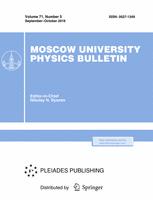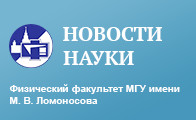A five-wave model of coherent Raman mixing is considered for the case in which a test wave with frequency $ω_t$ is scattered by vibrations of the medium $ω_o$ both in the stokes ($ω_t$ → $ω_ir$ = $ω_t$ - $ω_o$) and in the anti-Stokes ($ω_t$ → $ω_α$ = $ω_t$ + $ω_o$) region in the case of pumping of forced lattice vibrations($ω_p$ → $ω_sin$ = $ω_p$ - $ω_o$). The fifth wave ($ω_ir$ or $ω_o$) is important to take into account for media with relatively weak dispersion (for example, gases). An analytic and numerical study of the model is performed for experimental conditions with production of tuned infrared radiation in hydrogen. It is shown that the inclusion of a fifth wave ($ω_a$) radically alters the pattern of interaction due to strong energy pumping into this wave. An approximate solution of the coherent Raman mixing equations is obtained, making it possible to compute the frequency conversion efficiency as a function of the field frequencies, gas pressure, and pumping intensity.
Faculty of Physics, Moscow State University, Leninskie Gory, Moscow, 119992, Russia



